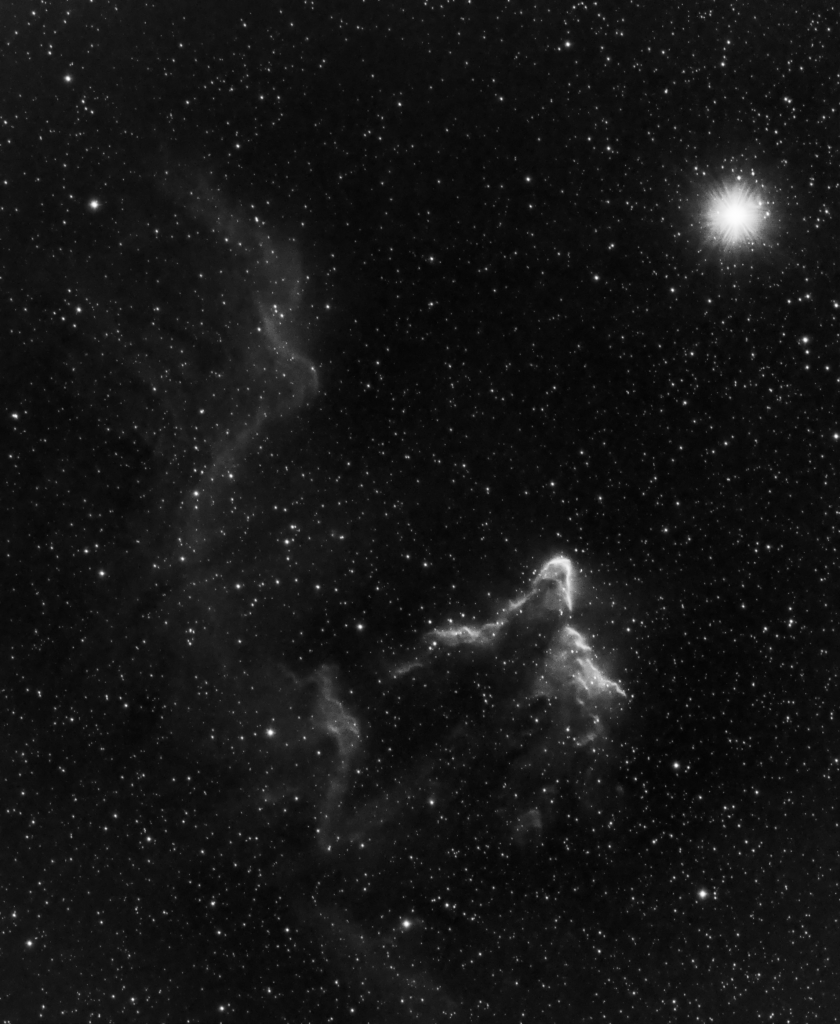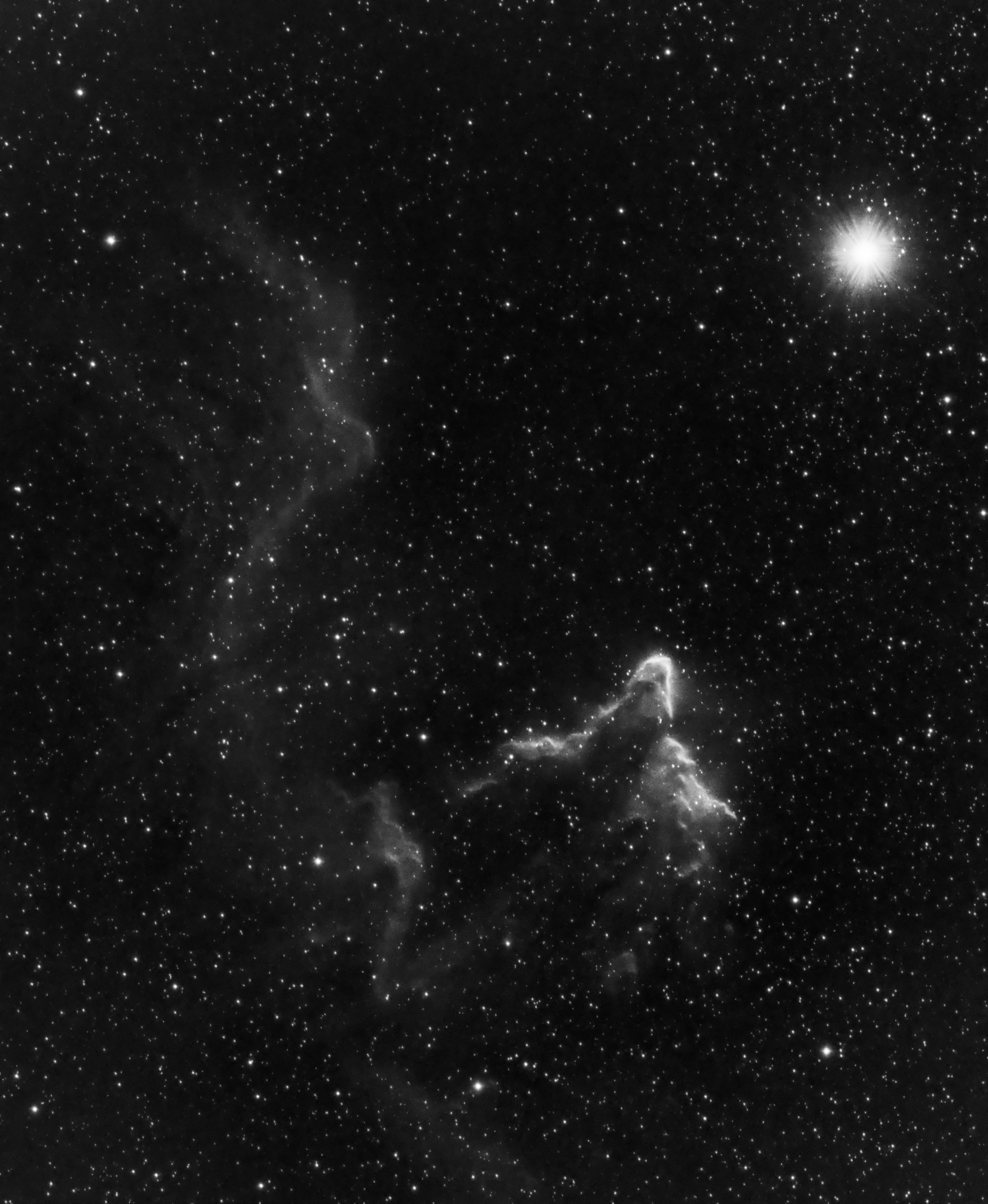
Similar Posts
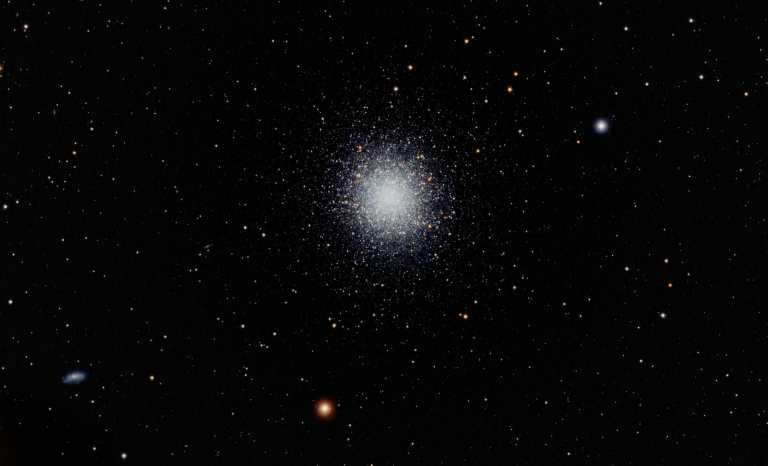
Globular Cluster M13
M13, the great globular cluster in Hercules. You can see some of its interesting neighbors, including the galaxy NGC 6207 in the lower-left. While M13 itself is 25,000 light-years away just above our galactic plane, NGC 6207 is 37 million light-years distant. About halfway between the two, the galaxy IC 4617 is also visible –…
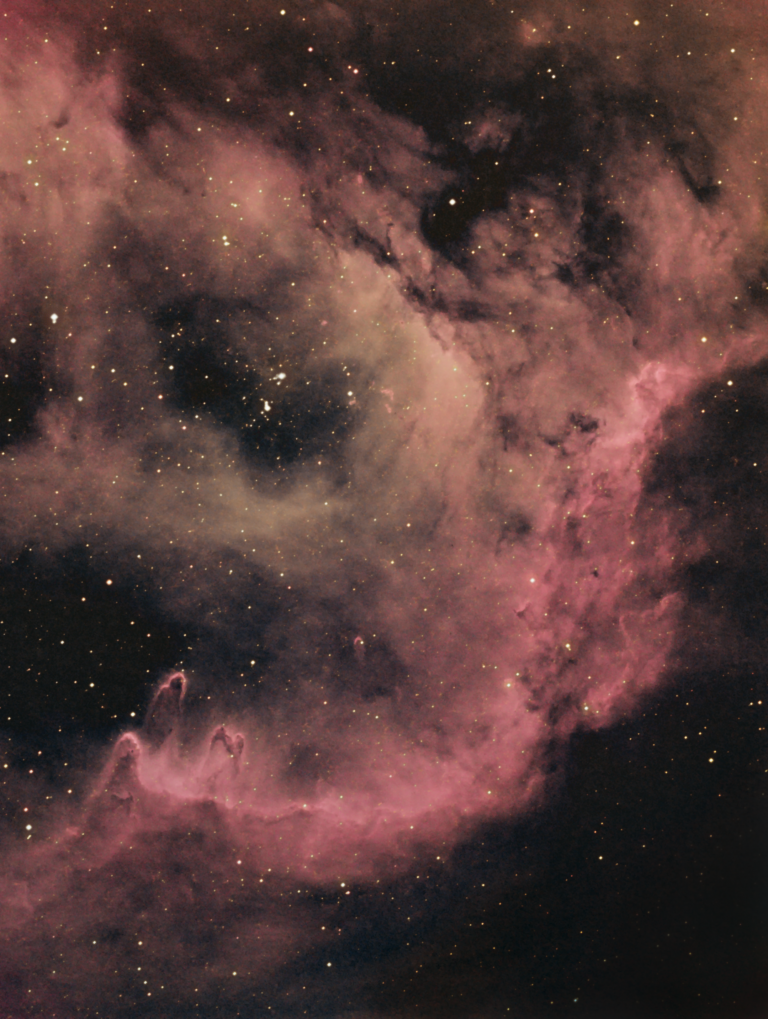
The Baby’s Bottom
This is a small part of a larger nebula called the “Baby Nebula” (also known as the Soul Nebula) in the constellation Cassiopeia. If you see a baby in the larger nebula this is part of, this image would be of the baby’s bottom 🙂 There is a ton of star formation going on in…
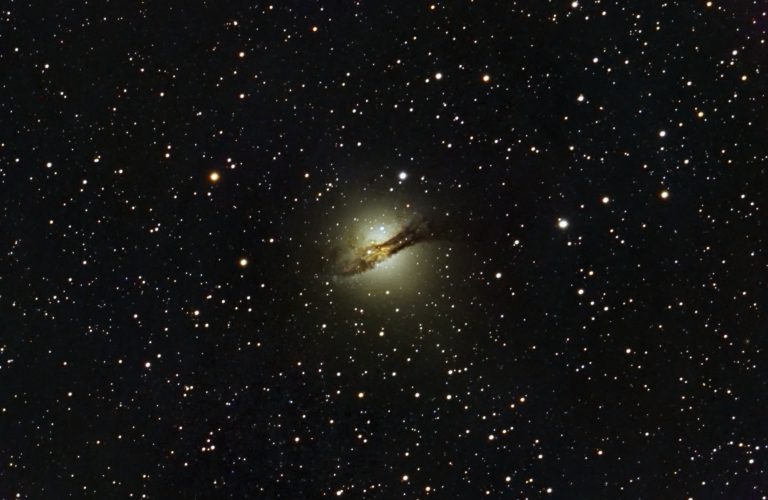
Centaurus A! A weird and challenging galaxy…
Our new home has clear views of the sky down to about 15 degrees from the horizon; which means some objects that are normally considered only visible from the Southern hemisphere just peek above our trees for a few hours. One such object is the galaxy Centaurus A; it’s an odd galaxy that looks like…
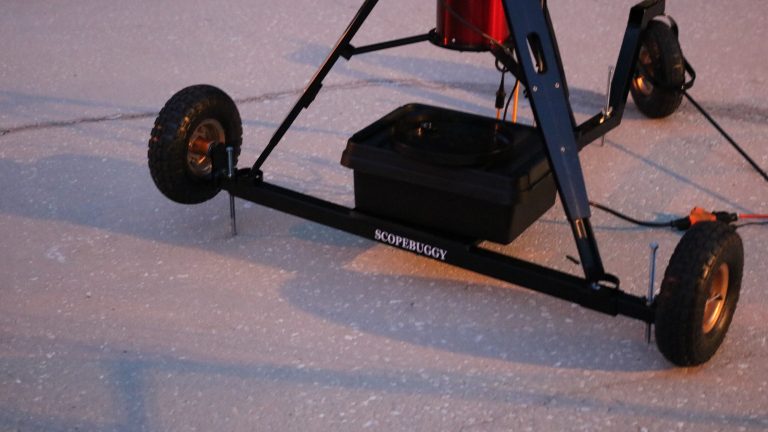
Simplify and Automate your Astrophotography
If you’re serious about becoming a better astrophotographer, like with anything, it’s all about practice. With every image you produce, you’ll learn something that makes your next image a little better. But life has a habit of getting in the way. You’ve had a long, tiring day at work – do you really want to…
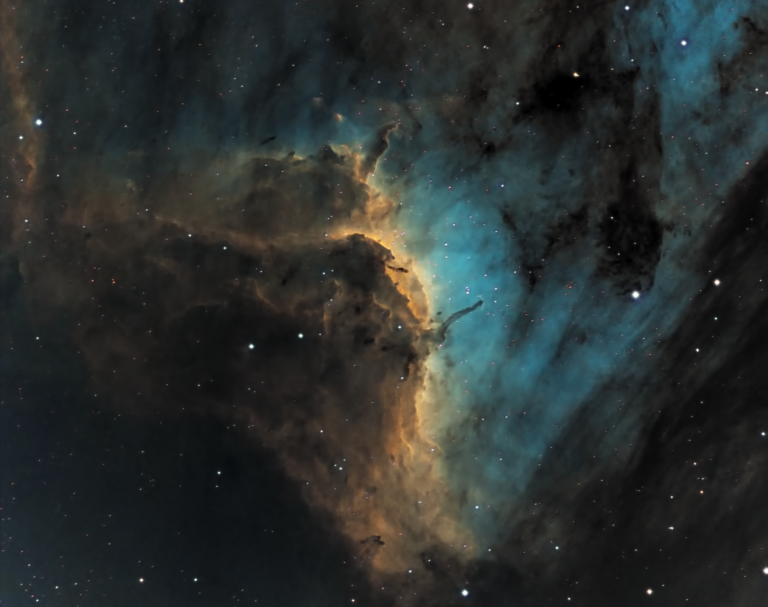
The Pelican Nebula
Granted this is only a portion of it, but for the life of me I don’t see a pelican in this thing. But, it’s still pretty. I processed this object two ways: using the “Hubble palette” that maps red, green, and blue to Sulfur, Hydrogen, and Oxygen emissions (that results in the pretty blue one)…
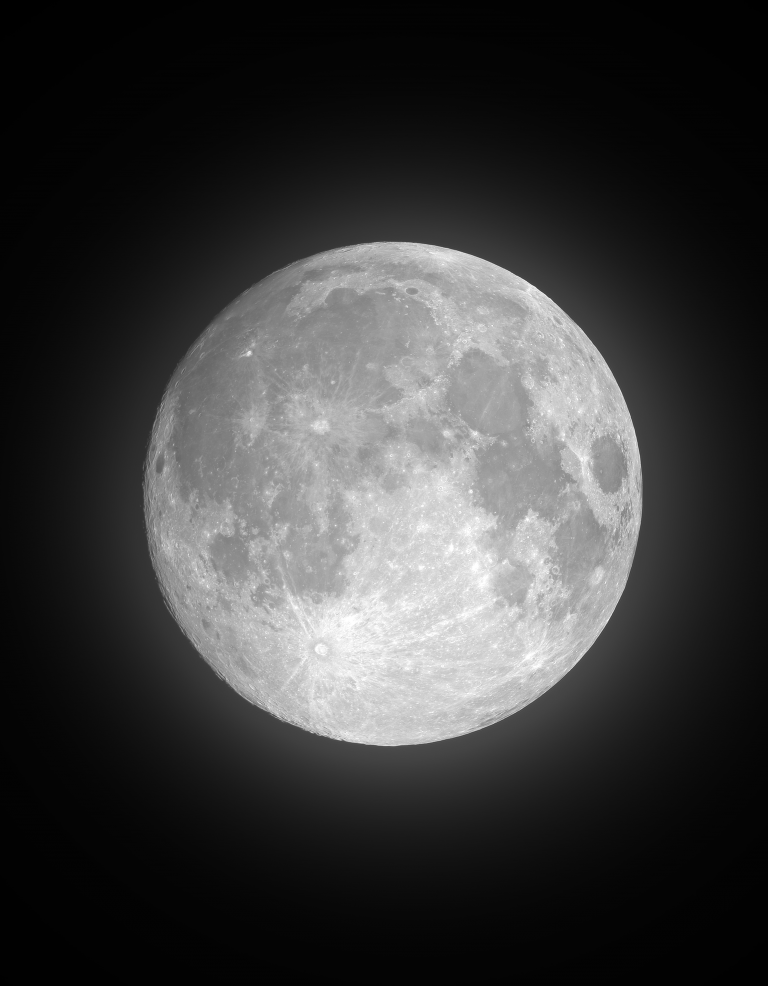
The Moon
Last night was hazy, cloudy, and with an almost-full moon that would wash out anything else I could try to image. So, I imaged the Moon itself. Tried out some new techniques; usually you would use a specialized telescope with a specialized camera and specialized software for shooting the Moon, but I wanted to see…

